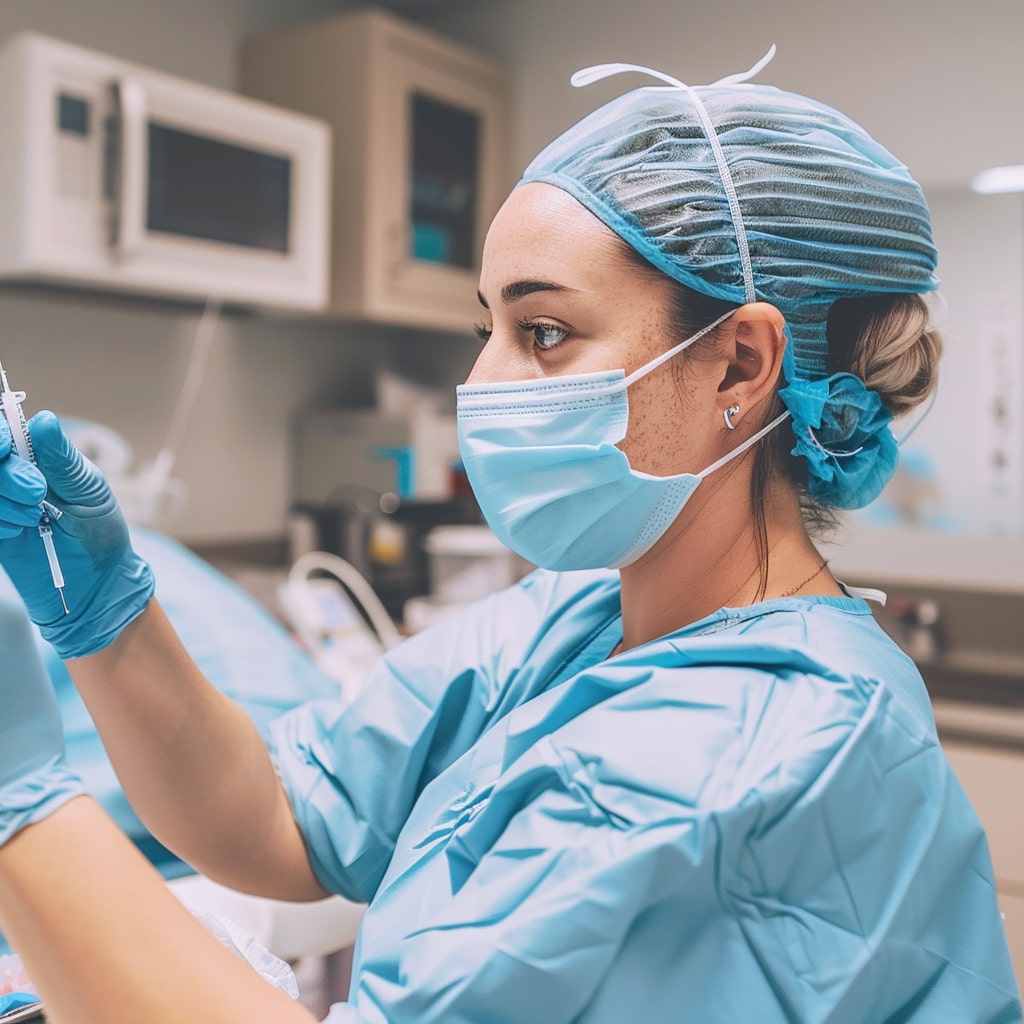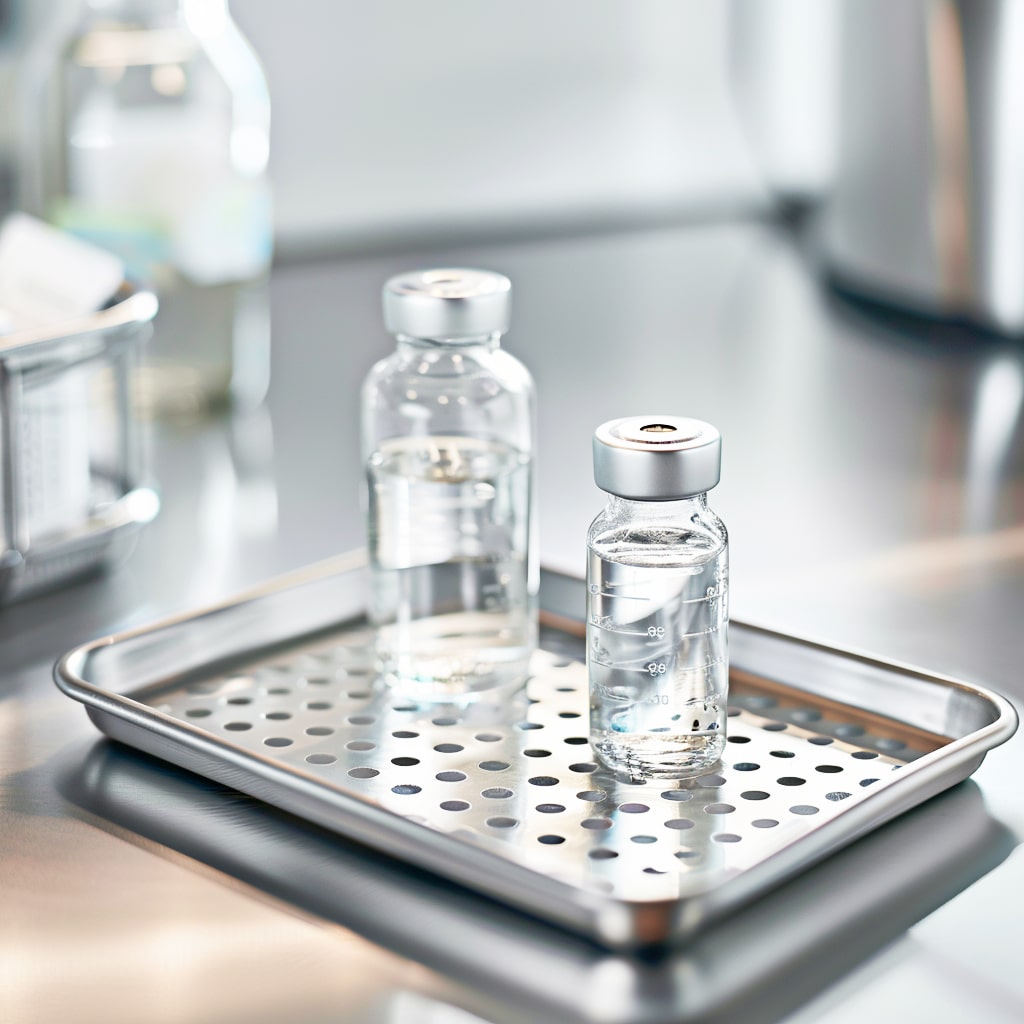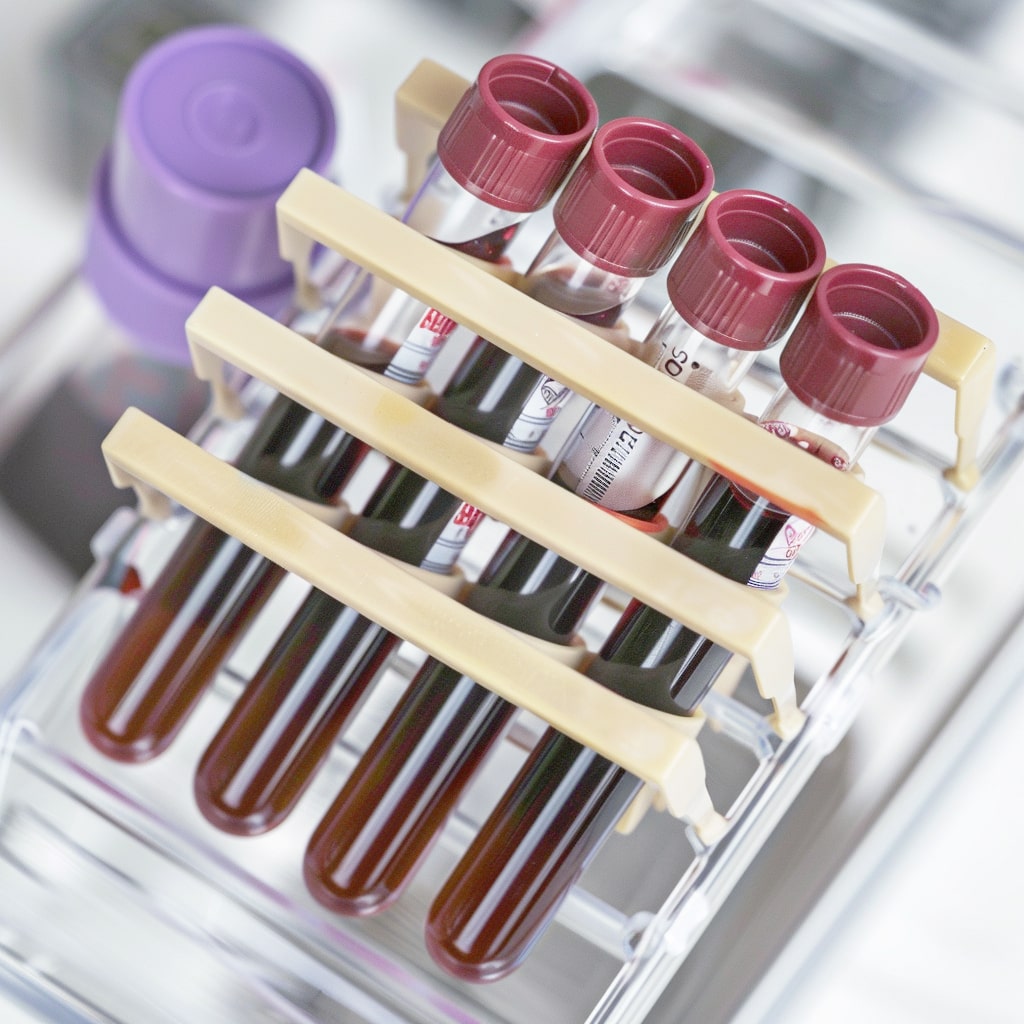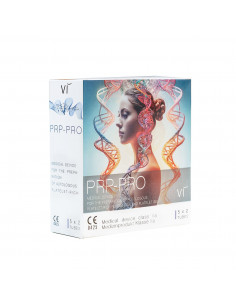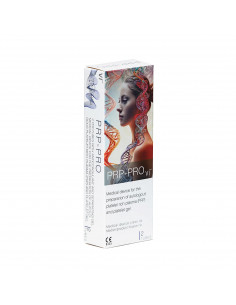
Related products
PRP
PRP Cream | Vi Serum – Regenerative and Individual Skin Care with Plasma
PRPMED Professional Cosmetic Treatments
100102
€25.95
€797.77 per Liter
Content 25ml | Regenerative PRP cream! Can be combined with your own plasma. Personalized cosmetics. The serum for PRP promotes cell renewal, provides the skin with nutrients, moisturizes, prevents skin aging and fights inflammation. Especially effective in combination with blood plasma! All the plasma from a PRP tube is mixed to the cream. The cream can...
€36.00
VI PRP-PRO Tubes: Revolutionary PRP Technology for Optimal Results
VI PRP-PRO:
Fast & Effective: Faster treatment process and optimal results
Safe: CE-certified, sterile, and validated for medical use
Versatile: Applicable in various medical fields
Areas of Application:
Orthopedics: Bone regeneration, sports injuries
Surgery: Wound healing,...
PRP
PRP tubes | Vi PRP-PRO | with Anticoagulant PU 10 pieces
PRPMED Professional Cosmetic Treatments
100101
€131.00
VI PRP-PRO | PRP Tubes – The Revolution in Plasma Treatment
The VI PRP-PRO glass tube offers a modern solution for producing platelet-rich plasma (PRP) and ensures additional stability and reliability in treatments with a wall thickness of 2.4 mm. Developed with innovative technology and EC-certified (0425-MED-004180-00), it guarantees the highest level...




